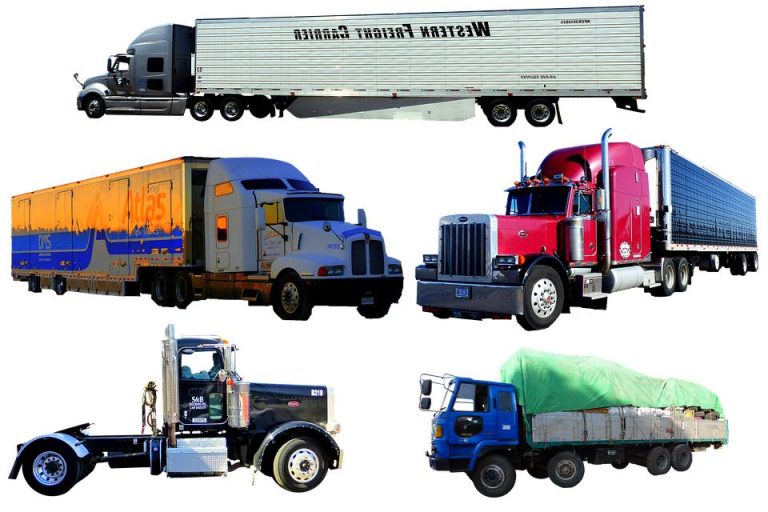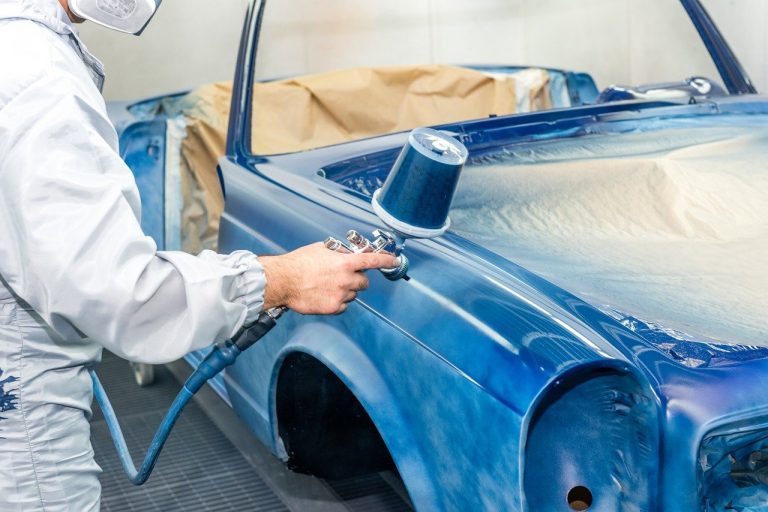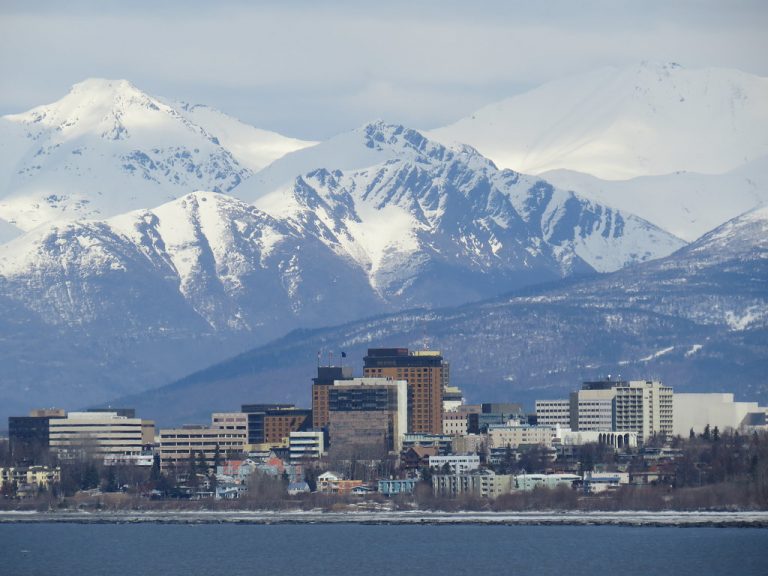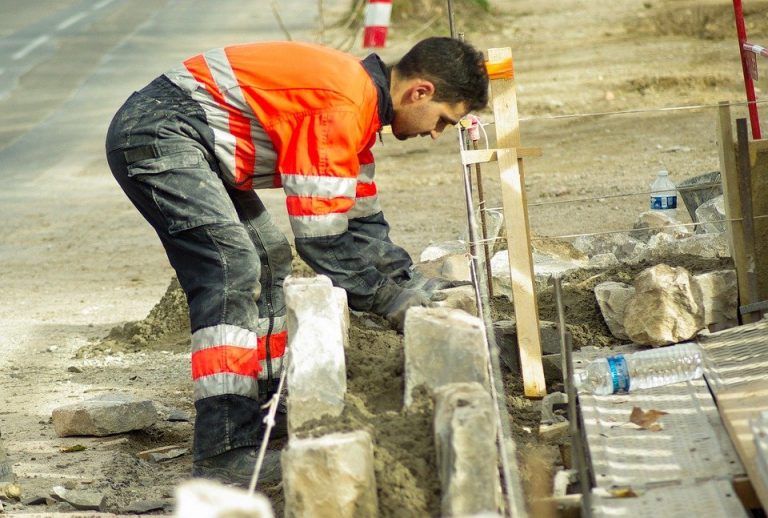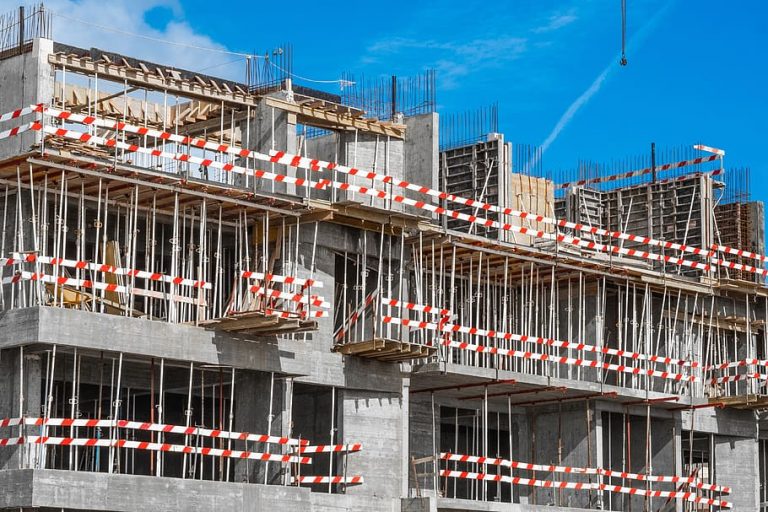The truck is one of the most robust vehicles because it is built to move the heaviest things ever made or ever born. Whatever has to travel by road, whether livestock, boats, machinery, equipment, or produce, will be transported by truck. Amazon even uses trucks to transport entire loads of hard drives between its headquarters since it transports data faster that way.
Regardless of your opinions, driving trucks still have novelty and objective usefulness. Just like this site where they continue to deliver parcels and handwritten letters to friends and family. Most people don’t realize that there are various types of trucks and trailers. Different types of trucks and trailers are used for other applications. In this guide, you will learn about different types of trucks.
Different types of trucks
Many factors have been used to classify vehicles in the automotive industry. They are generally divided into categories according to their size, weight, function, or purpose. Additionally, they are categorized into different classes, such as Class A for passenger cars such as sedans, convertibles, and coupes, Class B for minivans, light vans, SUVs, and pickup trucks. And Class C for medium or large-sized work trucks used in the business world.
Many people wonder, what kinds of trucks are there? The answer is that there are many, and each one serves a particular purpose. There are many kinds of trucks, including:
1. The Cement Truck
Cement trucks and concrete mixers are trucks with concrete mixers attached to them. It carries mixing equipment around to deliver it to the right places. Using rotating machinery, cement and water are combined to create concrete and poured at the designated locations.
Concrete can be poured on the pavement, in special molds, etc. Due to constant motion, the machinery keeps the cement in a liquid state for much longer, giving it better quality and a more extended use period than if it were set in place. Concrete is typically discharged from the rear of the mixer, and the drum in which it’s mixed is made out of steel or fiberglass.
2. Pickup truck
Although pickup trucks are included in the trucks category, some trucks are not considered pickups. A pickup truck is a truck that has a separate cab or a frame and an open box. They typically have more interior space, are a truck’s smaller version, and are a household’s only truck choice. Trucks are great for families as well as small businesses.
3. The Dump Truck
A dump truck is also known as a production truck, and it is used to transport loose materials such as gravel, sand, dirt, and other building materials. In addition to moving open materials, dump trucks are used in landfills to dispose of waste. In these vehicles, a hydraulically operated open box dumps the contents of the open box behind the car. Due to their tendency to back up, dump trucks are frequently involved in crashes.
4. Heavy Duty Truck
An extra-heavy truck is often used when a large cargo load needs to be transported. Huge items such as houses may be charmed with extra-heavy trucks. Special licenses are required for drivers operating extra-heavy-duty trucks.
5. The Fire Truck
Fire trucks are designed to carry equipment needed to extinguish a fire at its source. Typically, it is equipped with hoses and sirens and has enough cargo space to accommodate a fire department crew. Automated lifting ladders and breathing apparatus such as masks and oxygen containers are installed. In addition, firefighters also need uniforms and protective clothing to perform their duties.
There are also first aid kits and walkie-talkies or two-way radios in the fire station so that firefighters can communicate with the proper authorities to take action quickly. A fire truck can also contain water and pumps for fighting the fire and the ability to connect the hose at the scene with a fire hydrant.
6. Truck for Garbage
The collection of waste, also known as garbage trucks, is of great importance to every resident of Alabama. These trucks pick up small amounts of trash and bring it to the local dump, recycling plant, or treatment facility. The problem of blind spots is another problem faced by garbage trucks. Drivers are therefore required to respond accordingly.
7. Truck with jumbo trailer
Read more: A Definitive Guide About Towing Contractor In Detail
A jumbo trailer truck is a semi-trailer truck with more space. Jumbo trailer trucks have a G-shaped floor and wheels with small diameters. This truck can carry a maximum weight of 24,000 kg, just like a semi-trailer truck. If you are going to transport voluminous goods, you should use a jumbo trailer. These trucks can be loaded from the back, top, and sides.
8. The Livestock Truck
Livestock trucks are used to move livestock from farms to their homes. These vehicles are specially designed to hold livestock in place and hold them in place. Many of them are even equipped with special equipment that keeps them in place and ensures their well-being.
It is common for the trucks to open slightly from the back or the top so that the livestock can get sunlight and air and not be confined in a small space. The livestock is often restless when this occurs. Despite not being the most robust trucks, they are sturdiest since they transport heavy animals.
9. Standard Truck
A cube truck, box truck, or cube van may also be called a cube truck. The cab and power unit are mounted on the same chassis in a straight truck. Despite this, the truck can only be loaded from the back. They are commonly used to transport things like furniture and smaller items. Moving with a straight truck is highly recommended. Most people prefer them when they’re moving out since they’re more secure than a semi-trailer truck. Your goods are protected from the elements. They can also speed up freight delivery.
Apart from this if you are interested to know about Towing Contractors then visit our Industry category.
What is a Class 7 truck?
A Class 7 truck is a commercial vehicle with a Gross Vehicle Weight Rating (GVWR) between 26,001 and 33,000 pounds. These trucks are commonly used for transporting cargo or goods and are also popular for vocational and regional distribution applications. Class 7 trucks are designed to be more powerful and durable than smaller trucks, making them suitable for heavy-duty workloads.
One of the key features of a Class 7 truck is its engine power. These trucks typically have engines with more horsepower and torque than smaller vehicles, allowing them to haul heavier loads over long distances. They also have stronger transmissions and axles, making them better equipped to handle rough terrain and challenging driving conditions.
